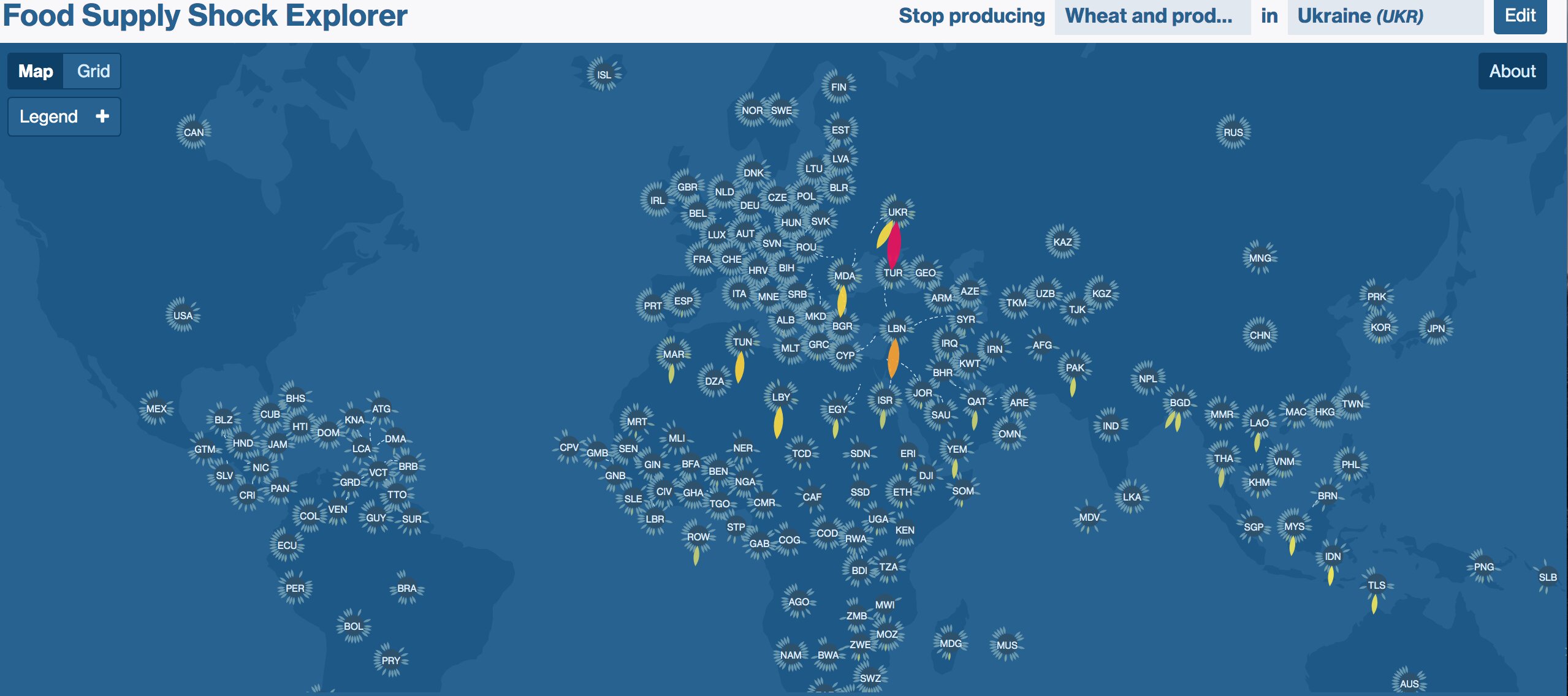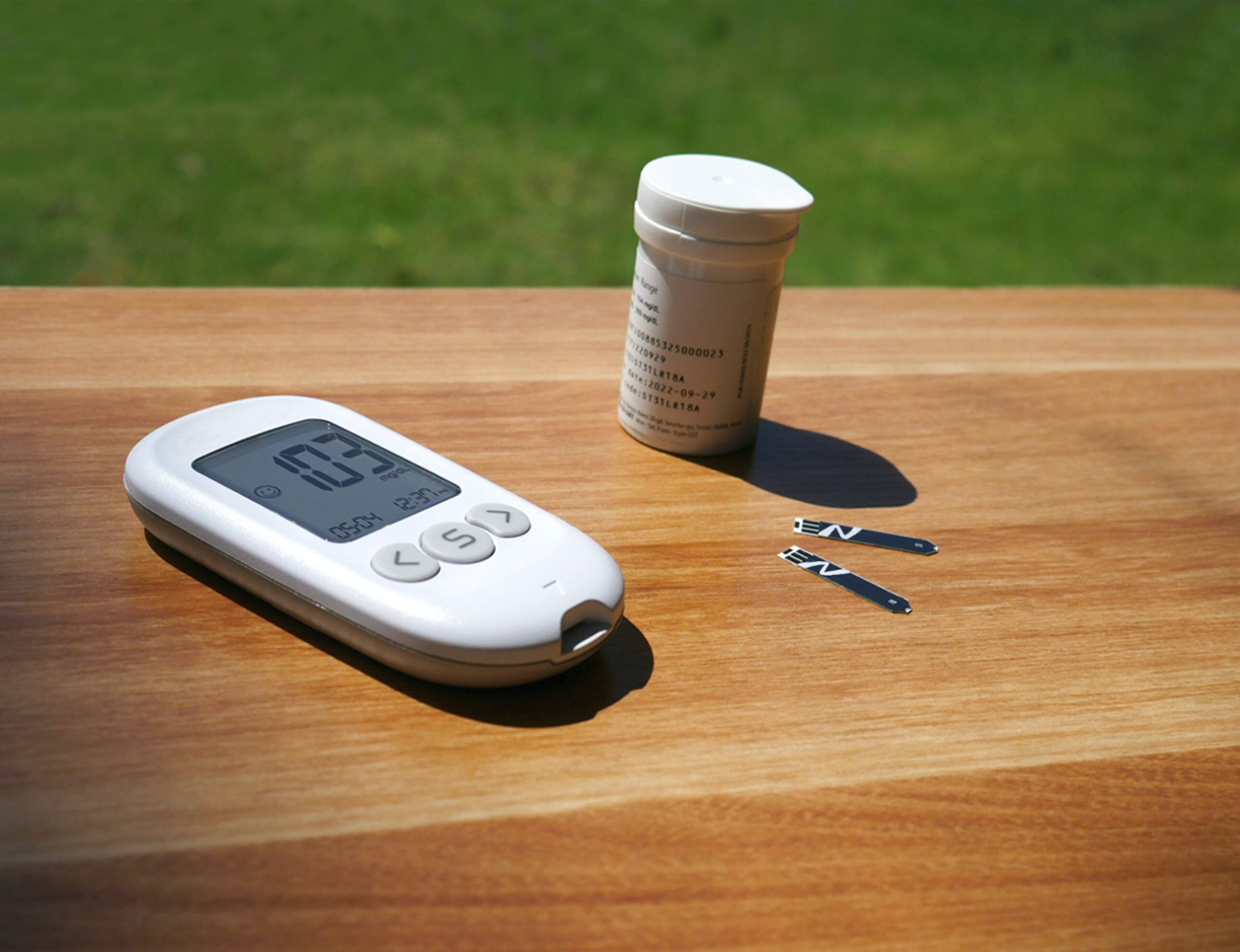
Researchers at Columbia University Mailman School of Public Health, the University of North Carolina at Chapel Hill and at the National Academy of Sciences of Ukraine used the setting of the man-made Ukrainian Holodomor famine of 1932–1933 to examine the relation between prenatal famine and adult type 2 diabetes mellitus (T2DM).
They studied 128,225 type 2 diabetes cases diagnosed between 2000–2008 among 10,186,016 male and female Ukrainians born between 1930 and 1938.
Individuals who were exposed in early gestation to the famine had a more than two-fold likelihood of developing type 2 diabetes compared to those unexposed to the famine, according to a study led by Columbia University Mailman School of Public Health. The results are published in the journal Science.
The famine led to 4 million excess deaths in the short-term and losses were concentrated in a six-month period. The Holodomor far exceeded other famines in terms of its intensity. Life expectancies at birth in 1933 were only 7.2 years for females and 4.3 for males.
“The Ukraine setting provided an unusual opportunity to investigate the long-term impact of the Holodomor—or death by hunger—on type 2 Diabetes Mellitus cases diagnosed seven decades after prenatal famine exposure,” said L.H. Lumey, MD, professor of Epidemiology at Columbia Public Health.
“With the famine concentrated in a six-month period in early 1933, we are able to pinpoint the timing of famine together with extreme variations in intensity across provinces.”
This concentration was the result of Stalin’s use of famine as a weapon of terror against Ukrainian farmers. When Ukraine could not fulfill its grain procurement quotas to the Soviet Central Government, having not enough for themselves, drastic measures were implemented to fulfill the quotas, under the excuse that counter-revolutionary elements sabotaged grain procurement.
A countrywide campaign of searches of peasants’ homes looking for “hidden” or “stolen” grain was launched in late 1932 and expanded in early 1933. All or most of the food was confiscated during many of these searches, leaving families without any food for the rest of the winter. In addition, measures were implemented that curtailed Ukrainian peasants’ travel in search of food.
These measures created a perfect storm. Many rural families were left without any food; avenues to search for food were closed and grain reserve funds were depleted.
Thousands of rural families were condemned to a slow death by starvation in their villages. The result was an extraordinary increase in Holodomor excess deaths between January and June 1933.
At the peak of the famine in June 1933, there were, on average, 28,000 famine-related deaths per day caused by the famine, equivalent to 1,167 deaths per hour or 19 per minute.
“Our study into the long-term health impact of the Holodomor famine offers several critical lessons for addressing health challenges posed by national disasters,” observes Lumey.
“It underscores the necessity for a comprehensive health care and policy framework that takes into account the lasting effects of early-life adversities on population health and their potential long-term repercussions on chronic diseases and mental health.”
While individuals diagnosed with T2DM in 2000–2008 may also be overweight or obese and have other risk factors for the disease, the relation between adult T2DM risk and the place and date of birth at the time of the famine is so specific that famine exposure in early gestation appears to be the dominant factor that overrides all others, according to the research team.
“This awareness should prompt a proactive approach among policymakers and public health officials to anticipate the increased health care needs among populations affected by national disasters. It also highlights the importance of raising awareness about the potential long-term health effects of early-life adversities,” observed Lumey.
“Besides the need to develop policies for addressing long-term health challenges after a national disaster, the results of our study underscore the importance of policies aimed at preventing events like the Holodomor from happening again. Russia’s invasion of Ukraine in 2022 shows that history repeats itself,” points out Dr. Wolowyna of the University of North Carolina at Chapel Hill.
“The three-month siege in 2022 of the city of Mariupol during the current war in Ukraine to starve the population into surrender serves as a reminder of a current and real danger. The blockade of Ukrainian ports to prevent the export of Ukrainian grain to developing countries in Africa and Asia, has increased the danger of starvation for millions of persons in these countries.”
More information:
L. H. Lumey et al, Fetal exposure to the Ukraine famine of 1932–1933 and adult type 2 diabetes mellitus, Science (2024). DOI: 10.1126/science.adn4614. www.science.org/doi/10.1126/science.adn4614
Peter Klimek, The lasting effects of famine, Science (2024). DOI: 10.1126/science.adr1425. www.science.org/doi/10.1126/science.adr1425
Citation:
Researchers find type 2 diabetes cases more than doubled seven decades after exposure to famine (2024, August 8)
retrieved 28 September 2024
from https://medicalxpress.com/news/2024-08-diabetes-cases-decades-exposure-famine.html
This document is subject to copyright. Apart from any fair dealing for the purpose of private study or research, no
part may be reproduced without the written permission. The content is provided for information purposes only.


